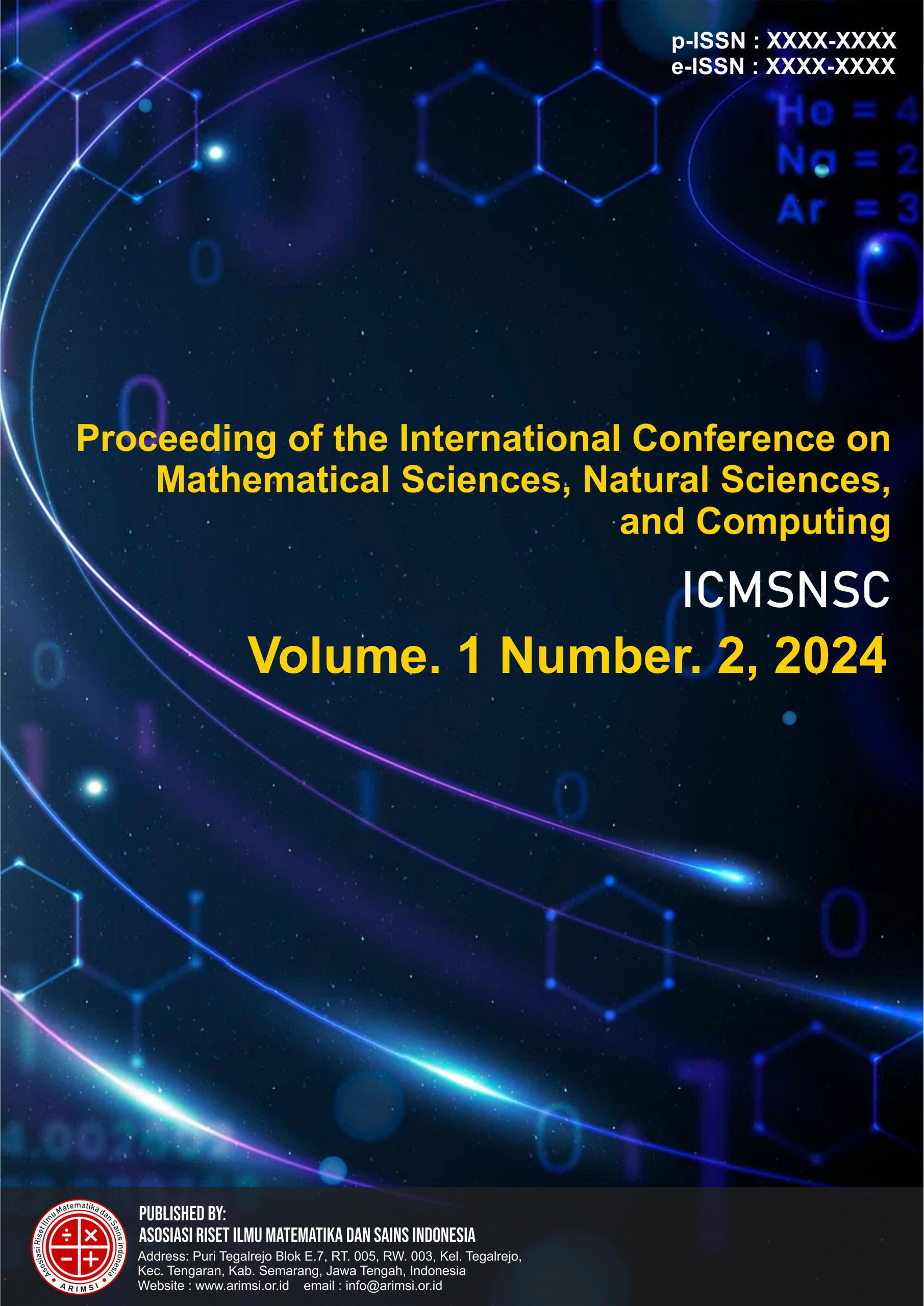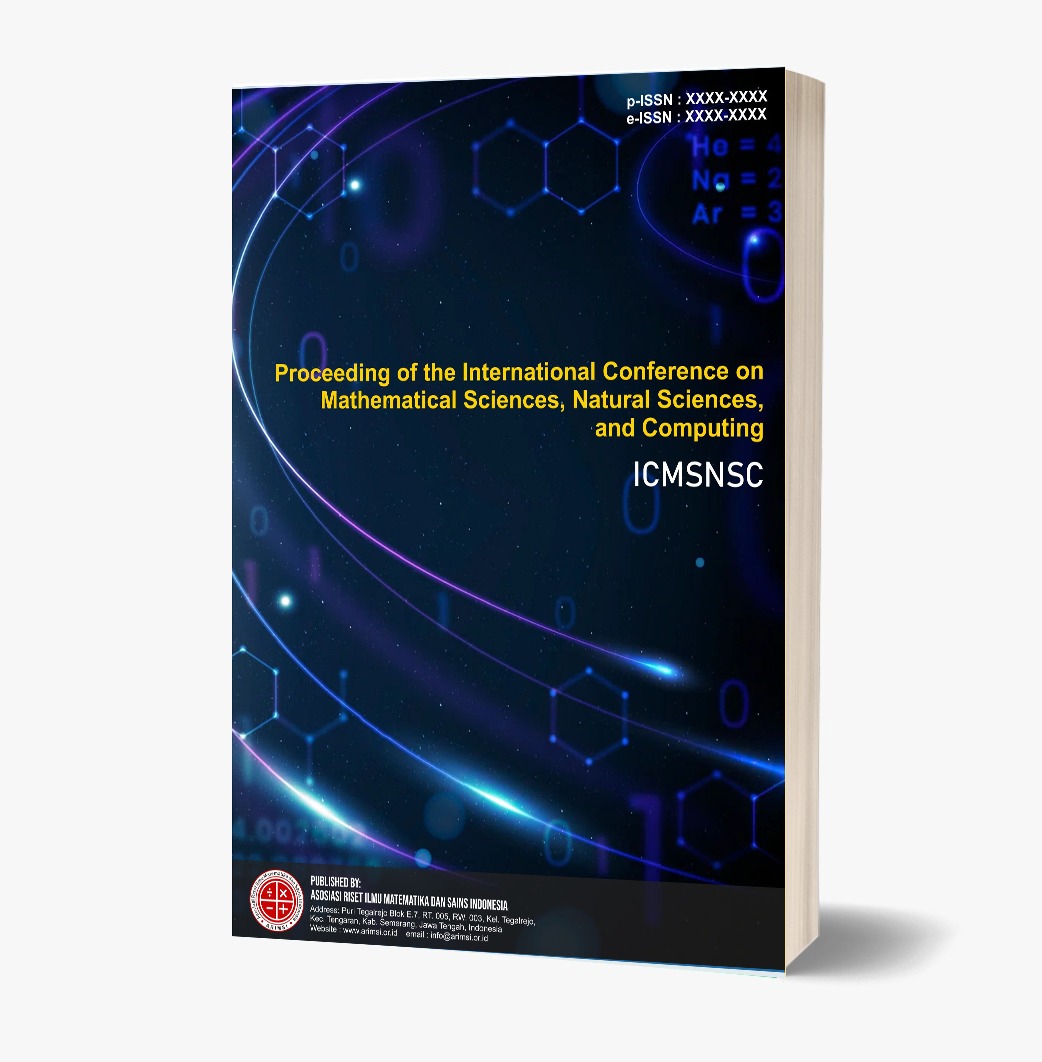The Need Analysis of E-Module Development Combined with KingDraw Application on Isomer Material at SMA Al Islam 1 Surakarta
Keywords:
E-modul, KingDraw, IsomerAbstract
This research was conducted with the aim of analyzing the need for the development of a chemistry e-module combined with the KingDraw application on isomer material at SMA Al Islam 1 Surakarta. This study uses a survey methodology with a qualitative approach. Data were obtained from interviews with chemistry teachers and the results of filling out questionnaires by 84 students. The results of this study indicate that teachers have not developed technology-based teaching materials that can help students in learning chemistry. The teaching materials used are in the form of textbooks containing writings and several two-dimensional images. Thus, it can be said that learning is still conventional and has not followed the development of the digitalization era. This is indicated by the minimal use of technology in learning activities. In learning, teachers only rely on lecture and discussion methods. Therefore, it can be concluded that the development of a chemistry e-module collaborated with the KingDraw application needs to be implemented to motivate students to learn and improve their understanding of chemical concepts independently. This module can also be used anytime and anywhere.
References
Abdinejad, M., Talaie, B., Qorbani, H. S., & Dalili, S. (2021). Student perceptions using augmented reality and 3d visualization technologies in chemistry education. Journal of Science Education and Technology, 30, 87-96.
Haryanti, N., Setiawan, I., & Wibowo, B. (2021). Effectiveness of Interactive E- Modules in Chemistry Learning. Journal of Educational Technology, 12(3), 213-225.
Hidayati, T., & Wibowo, S. (2020). Analysis of Students' Difficulties in Understanding Isomer Material in Senior High School. Journal of Chemical Education, 11(2), 45-52.
Hofstein, A., & Lunetta, V. N. (2004). The laboratory in science education: Foundations for the twenty-first century. Science education, 88(1), 28-54.
Iswara, G., Kuswandi, D., & Husna, A. (2020). Development of Interactive Multimedia Equipped with Simulation to Visualize Chemical Reactions in Buffer Solution Material for Senior High School Grade XI. JINOTEP (Journal of Innovation and Learning Technology): Studies and Research in Learning Technology, 6(2), 58–68.
Prasetyo, D. (2021). Technology Integration in Education: Solutions for 21st Century Learning. Journal of Educational Technology, 13(2), 101-115.
Pratama, A., & Nugroho, R. (2022). Integration of Molecular Visualization Technology in Chemistry Learning. Journal of Chemical Education, 15(2), 98-105.
Putri, A., & Kurniawan, D. (2022). Application of Interactive Media in Isomer Learning to Improve Students' Understanding. Journal of Chemistry Education, 14(3), 112-120.
Rahmawati, T., Syahrul, A., & Nurdin, S. (2022). The Influence of Digital Learning Media on Students' Interests and Chemistry Learning Outcomes. Journal of Science Education Research, 17(3), 78-85.
Santoso, R., & Lestari, A. (2020). Effectiveness of Website-Based Chemistry Learning on Students' Concept Understanding. Indonesian Journal of Chemical Education, 9(1), 34-42.
Susilo, A. (2019). The Use of Technology Media in Chemistry Learning to Improve Students' Concept Understanding. Journal of Science Education, 8(2), 123-130.
Sutrisno, D. (2019). Factors Causing Difficulties in Learning Chemistry on Isomer Material and Their Solutions. Journal of Educational Sciences, 8(3), 101-110.
Wibowo, S., & Triyono, H. (2020). Development of Interactive Learning Media to Improve Motivation and Understanding of Chemical Concepts. Journal of Educational Technology, 12(1), 54-62.
Yusro, A. C., & Sasono, M. (2016). The use of guided inquiry-based illustrative modules on the topic of linear motion kinematics to improve learning outcomes and independence of class VII students of SMPN 14 Madiun. Journal of Physics and Science Education (JPFK), 2(1), 29-35.






